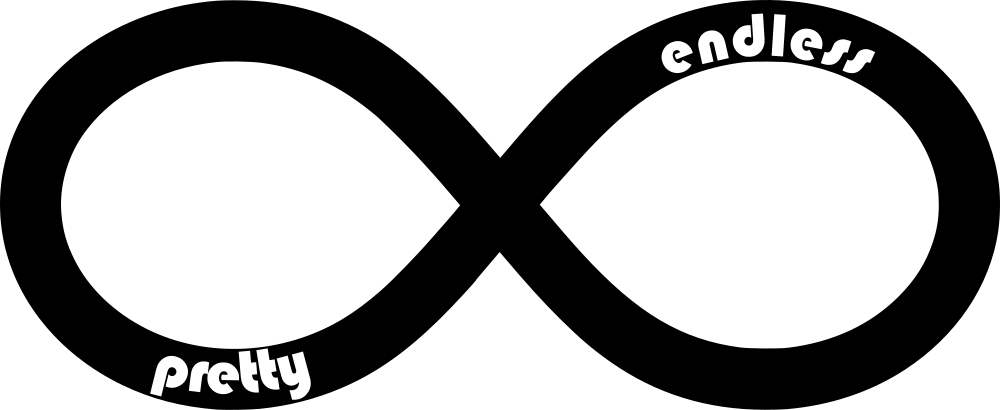Difficulty:
| This stitch is best for: Outlines, bordersThe Herringbone stitch is a decorative stitch that can be used to create textured lines or fill shapes. It’s a versatile stitch that can be used in various embroidery designs to create a bold or subtle effect. Herringbone stitches are generally stitched over 2 guiding lines placed above and below each other.
How to do the Herringbone Stitch
- Start the stitch: Bring your needle up at the starting point of the top guiding line.
- Stitch diagonally downwards: Make a straight stitch diagonally across downward and insert the needle back into the fabric on the second guiding line below.
- Stitch backwards: Bring the needle back up on the second guiding line a short distance backwards (about 1/8 inches or 0.3cm) from the previous point on the second guiding line.
- Stitch diagonally upwards: Make a straight stitch diagonally across and upwards and insert the needle back into the fabric on the original guiding line above.
- Stitch backwards: Bring the needle back up on the first guiding line a short distance backwards (about 1/8 inches or 0.3cm) from the previous point on the first guiding line.
- Repeat: Continue alternating between the 2 guiding lines in steps 2-5 to create a crossing pattern.
- End the stitch: When you reach the end of the area you want to use the herringbone stitch with, make a small stitch to anchor the thread and then knot the thread at the back of your work.
Tips
- You can adjust the spacing between the stitches to create different effects.
- Experiment with different colors and thicknesses of floss to create unique designs.
- It’s important to keep the tension consistent to maintain an even look to the stitch.
- You can also use the Herringbone stitch to create a filling for a shape by making rows of stitches in the same direction.
